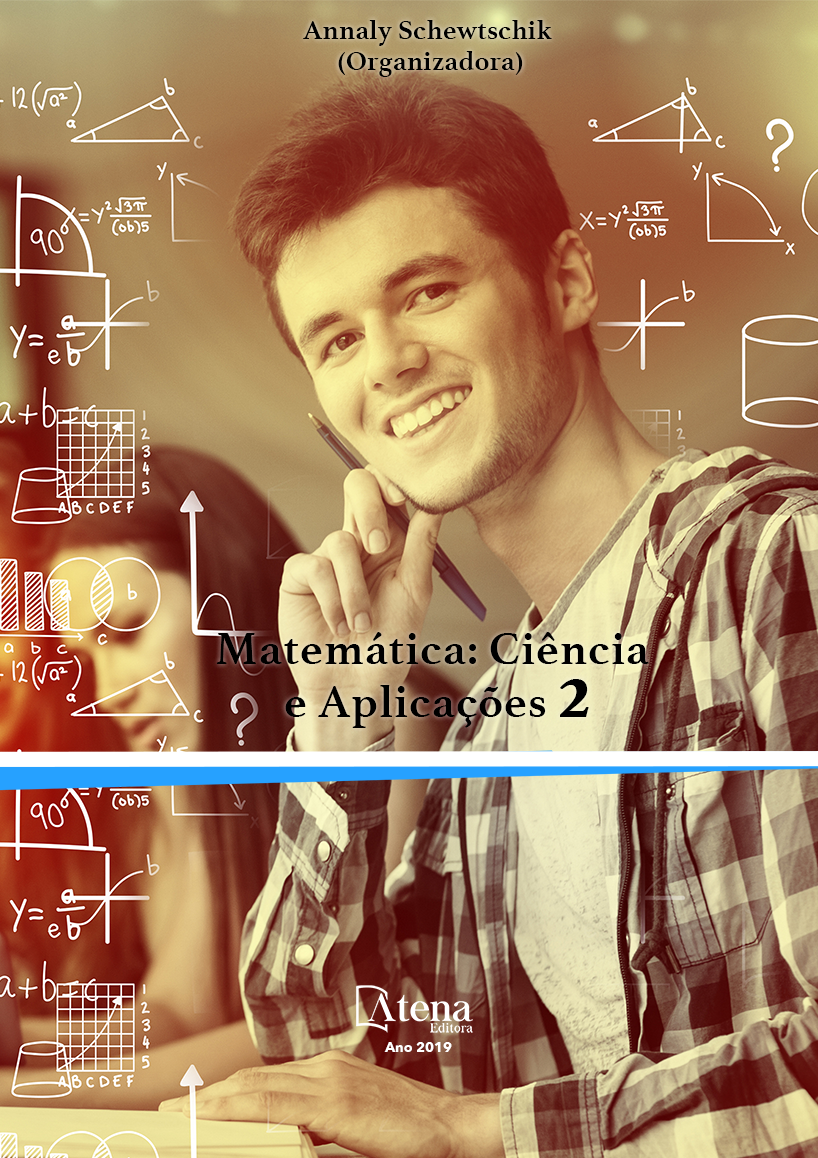
A tabuada nas escolas paroquiais luteranas do século XX no Rio Grande do Sul
Este capítulo discute a prática da
tabuada nas escolas paroquiais luteranas do
século XX no Rio Grande do Sul, por meio
do estudo das aritméticas da série Ordem e
Progresso e da série Concórdia, editadas pela
Igreja Evangélica Luterana para suas escolas, na
primeira metade do século passado. Em 1900,
o Sínodo de Missouri, hoje Igreja Evangélica
Luterana do Brasil, iniciou missão nas colônias
alemãs gaúchas, fundando congregações
religiosas e escolas paroquiais. Estas escolas
estavam inseridas num projeto comunitário
e missionário que buscava ensinar a língua
materna, Matemática, valores culturais, sociais
e, principalmente, religiosos. Fundamentandose na história cultural, verificou-se a presença
da pequena tabuada nas edições da Primeira
Aritmética, com a apresentação de regras
práticas para decorar a mesma, exercícios
com elementos concretos e o desenvolvimento
da multiplicação como uma soma de parcelas
iguais. Nas demais edições, a pequena tabuada
é retomada, observando-se exercícios que
avançam até a tabuada de 19, além da tabuada
com números romanos e frações. Mesmo que
essas aritméticas tenham sido editadas num
período marcado pelo movimento da Escola
Nova no Brasil e, que algumas atividades para
o estudo da tabuada estejam alicerçadas no
método intuitivo, as mesmas ainda refletem
a tradição pedagógica de memorização da
tabuada.
A tabuada nas escolas paroquiais luteranas do século XX no Rio Grande do Sul
-
DOI: 10.22533/at.ed.2201914025
-
Palavras-chave: História da Educação Matemática. Tabuada. Pedagogia de Memorização. Livros de Aritmética. Escolas Parquiais Luteranas
-
Keywords: History of the Mathematics Education. Operations Tables. Memorizing Pedagogy. Arithmetic Books. Lutheran Parochial Schools.
-
Abstract:
This chapter discusses the practice
of operations tables in the Lutheran parochial
schools of the 20th century in Rio Grande do
Sul, through the study of the arithmetic of the
Order and Progress series and of the Concordia
series, edited by the Lutheran Church for their
parochial schools in the first half of the past
century. In 1900, the Missouri Synod, today
Evangelical Lutheran Church of Brazil, began
mission in gaucho German colonies, founding
religious congregations and parochial schools.
These schools were included in a missionary
and community project that sought to teach
the mother tongue, mathematics, cultural,
social and especially religious values. Basing
on the cultural history, it verified the presence
of small operations tables on the editions of
the First Arithmetic, with the presentation of
practical rules to decorate the same, exercises with concretes elements and the development of the multiplication as a sum of equal
installments. In the other editions, the small operations tables is resumed, observing
exercises that advance until the multiplication table of 19, beyond of operations tables
with Roman numerals and fractions. Even that these arithmetic have been edited in a
period marked by the movement of the New School in Brazil and, that some activities
to study the operations tables are grounded in intuitive method, they still reflect the
pedagogical tradition of memorizing the operations tables.
-
Número de páginas: 15
- Malcus Cassiano Kuhn


